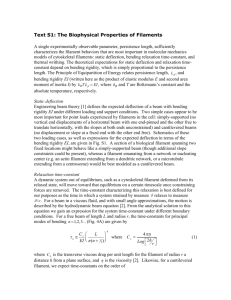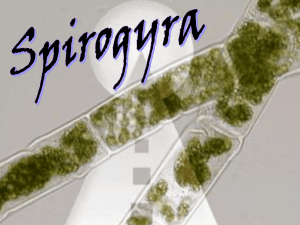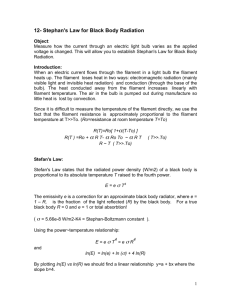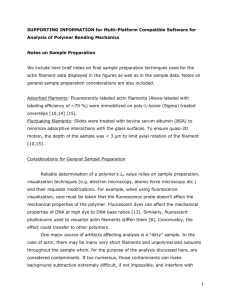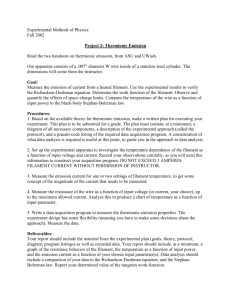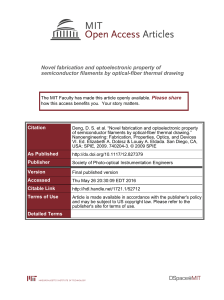Silver Filament Formation at Nanogaps Formed from
advertisement
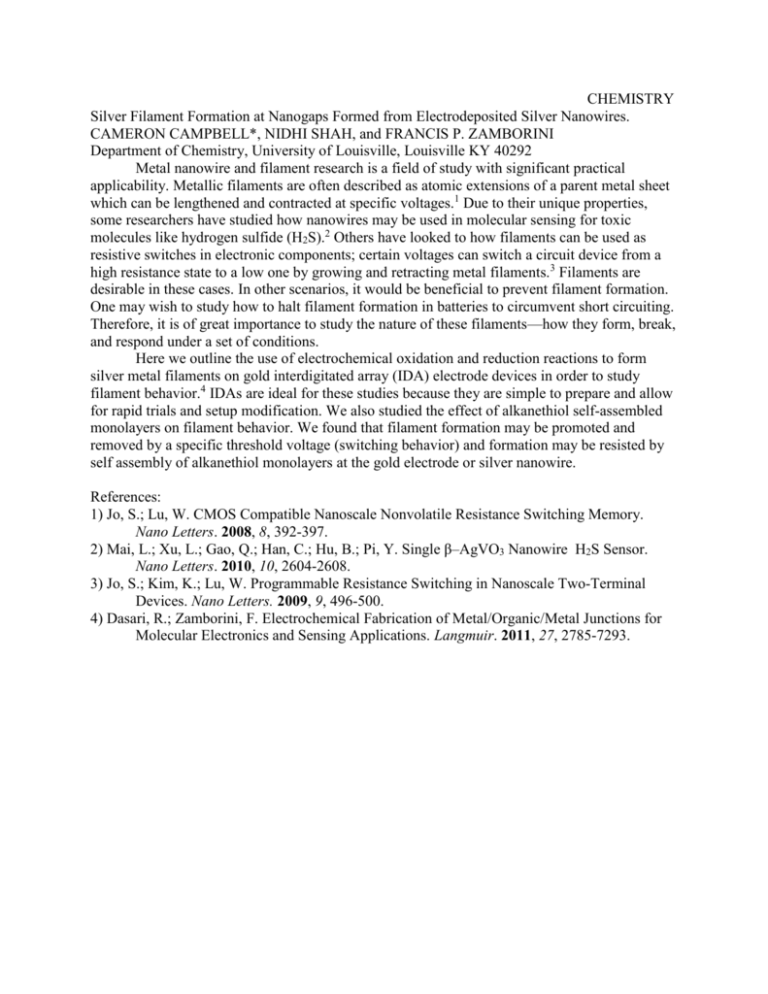
CHEMISTRY Silver Filament Formation at Nanogaps Formed from Electrodeposited Silver Nanowires. CAMERON CAMPBELL*, NIDHI SHAH, and FRANCIS P. ZAMBORINI Department of Chemistry, University of Louisville, Louisville KY 40292 Metal nanowire and filament research is a field of study with significant practical applicability. Metallic filaments are often described as atomic extensions of a parent metal sheet which can be lengthened and contracted at specific voltages.1 Due to their unique properties, some researchers have studied how nanowires may be used in molecular sensing for toxic molecules like hydrogen sulfide (H2S).2 Others have looked to how filaments can be used as resistive switches in electronic components; certain voltages can switch a circuit device from a high resistance state to a low one by growing and retracting metal filaments.3 Filaments are desirable in these cases. In other scenarios, it would be beneficial to prevent filament formation. One may wish to study how to halt filament formation in batteries to circumvent short circuiting. Therefore, it is of great importance to study the nature of these filaments—how they form, break, and respond under a set of conditions. Here we outline the use of electrochemical oxidation and reduction reactions to form silver metal filaments on gold interdigitated array (IDA) electrode devices in order to study filament behavior.4 IDAs are ideal for these studies because they are simple to prepare and allow for rapid trials and setup modification. We also studied the effect of alkanethiol self-assembled monolayers on filament behavior. We found that filament formation may be promoted and removed by a specific threshold voltage (switching behavior) and formation may be resisted by self assembly of alkanethiol monolayers at the gold electrode or silver nanowire. References: 1) Jo, S.; Lu, W. CMOS Compatible Nanoscale Nonvolatile Resistance Switching Memory. Nano Letters. 2008, 8, 392-397. 2) Mai, L.; Xu, L.; Gao, Q.; Han, C.; Hu, B.; Pi, Y. Single β–AgVO3 Nanowire H2S Sensor. Nano Letters. 2010, 10, 2604-2608. 3) Jo, S.; Kim, K.; Lu, W. Programmable Resistance Switching in Nanoscale Two-Terminal Devices. Nano Letters. 2009, 9, 496-500. 4) Dasari, R.; Zamborini, F. Electrochemical Fabrication of Metal/Organic/Metal Junctions for Molecular Electronics and Sensing Applications. Langmuir. 2011, 27, 2785-7293.



